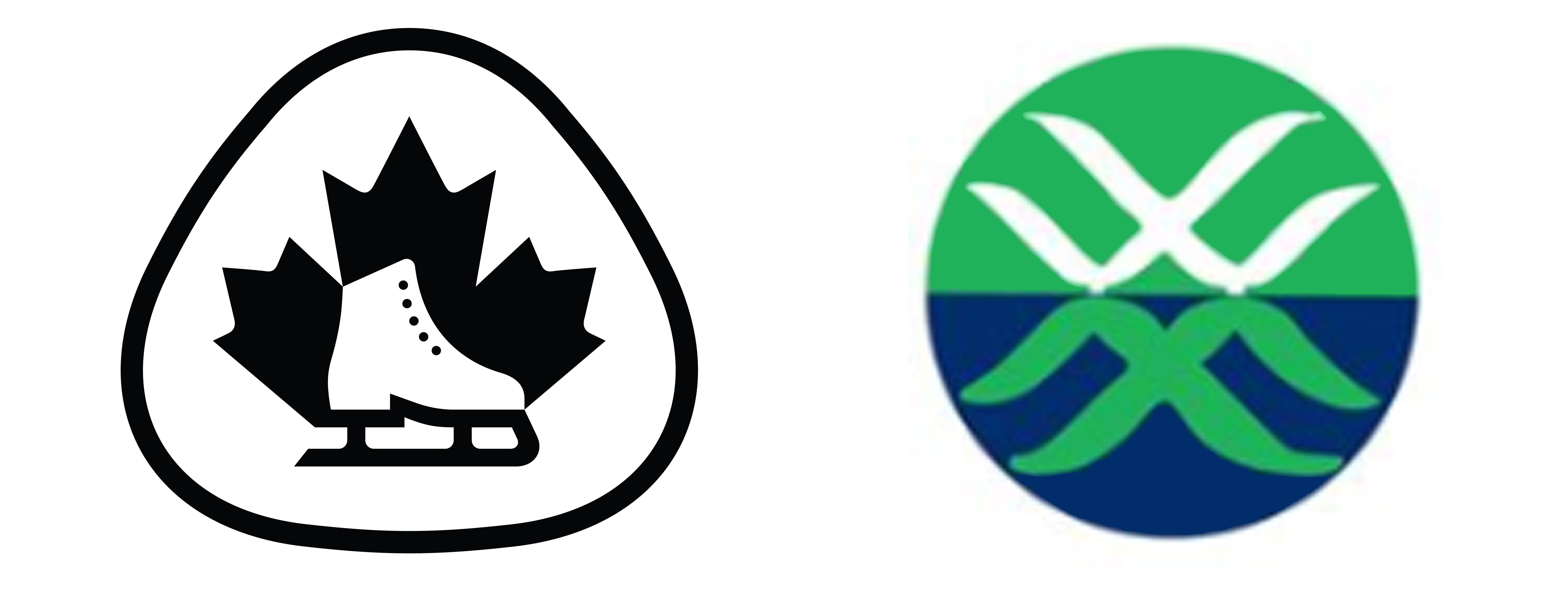Safety and Equipment
Safety and Equipment
Skaters attending our sessions will have more fun and advance faster if they are properly and safely equipped. This means making sure that:
- Skates fit comfortably.
- There is room for toes to wiggle slightly.
- Heels do not lift inside the skate more than ¼ inch.
- An adult finger can fit in the top of the boot when done up.
- Excess laces are tucked or tied up so that they do not hang loose or drag on the ice.
Equipment Care
To protect the skate blades, skate guards should be worn in any area that is not protected by rubber mats. At the end of every session the blades should be wiped with a dry cloth to prevent rusting. Skate sharpening should be done periodically.
We recommend:
Figure Skating Boutique :
1-877-236-1377 (Thornhill)
www.skatingboutique.com
Jake’s Skate Sharpening:
905-889-3276 (Thornhill)
www.jakesskatesharpening.com
Esta Skate Sharpening:
905-282-1362 (Mississauga)
1-877-808-3782 (Richmond Hill)
www.estacanada.ca
Helmets
Hockey/skating helmets are MANDATORY for beginner skaters of any age. BIKE HELMETS OR SKI HELMETS ARE NOT PERMITTED!
Pre CanSkaters MUST wear helmets with face masks.
Helmet Use Policy- Information for Clubs, Coaches and Parents
On July 1, 2011 Skate Canada implemented a Helmet Use policy.
This policy was implemented as a proactive safety measure to help protect members in the early stages of the CanSkate program that are learning how to skate. Skate Canada believes it is an appropriate time to implement such a policy to help prevent future injuries to its members that are learning how to skate. In the development of the policy Skate Canada consulted various groups of individuals including parents, and the policy was approved by the Skate Canada Board of Directors earlier in 2011. Skate Canada is proud of its CanSkate program, the best learn-to-skate program in Canada, and we will continue to develop policies and programming that create a better and safer learn-to-skate experience for our skaters. If you would like more information on helmet use and injury prevention we recommend you visit Think First.
Clothing
Skaters should dress warmly for our sessions; however, some items such as long drawstrings, scarves, dangling coat belts, etc. can be a hazard on the ice and should be avoided if possible. Skaters must wear mittens or gloves to keep skaters warm and for safety.
